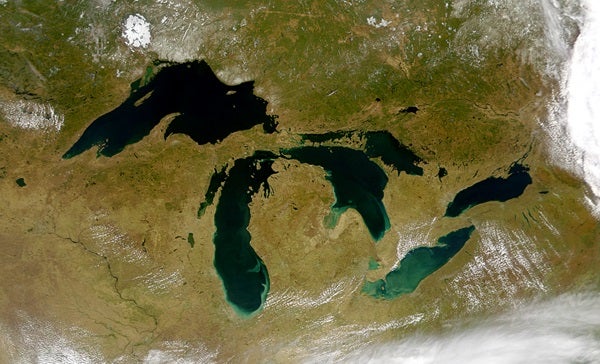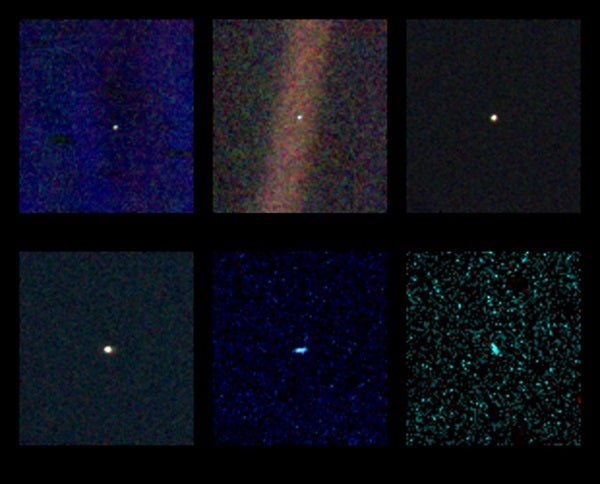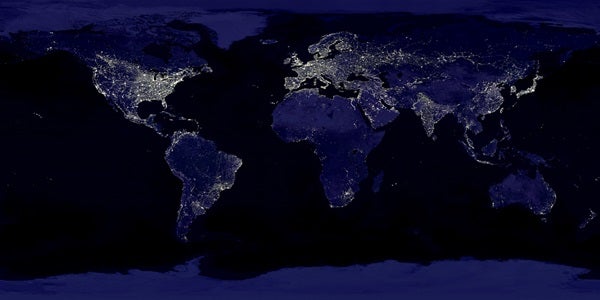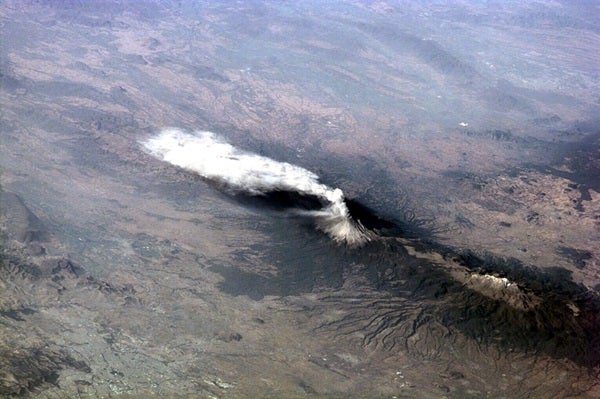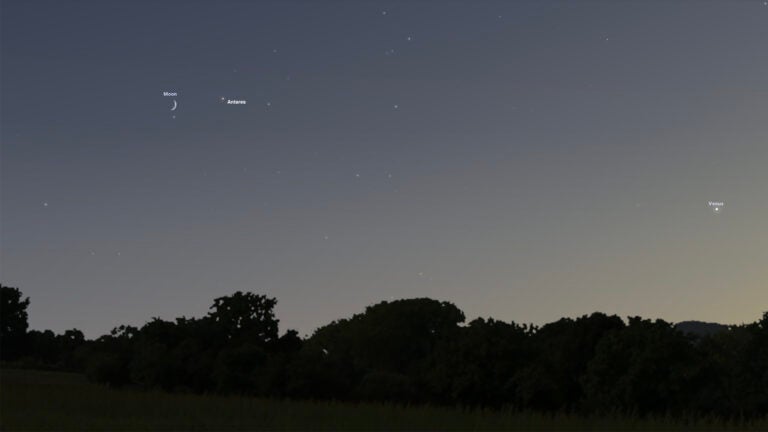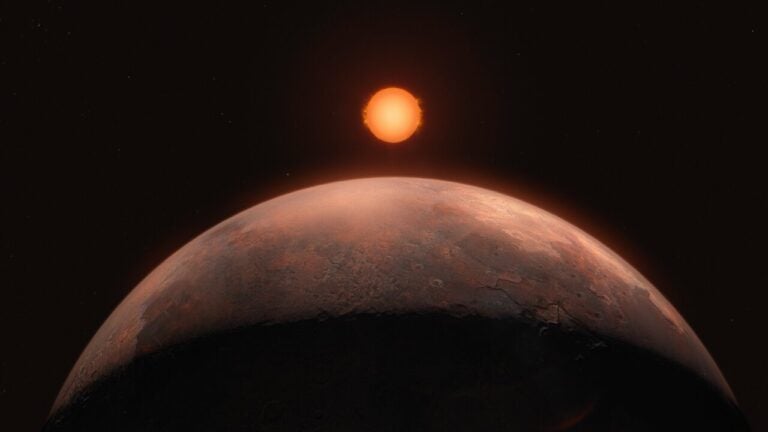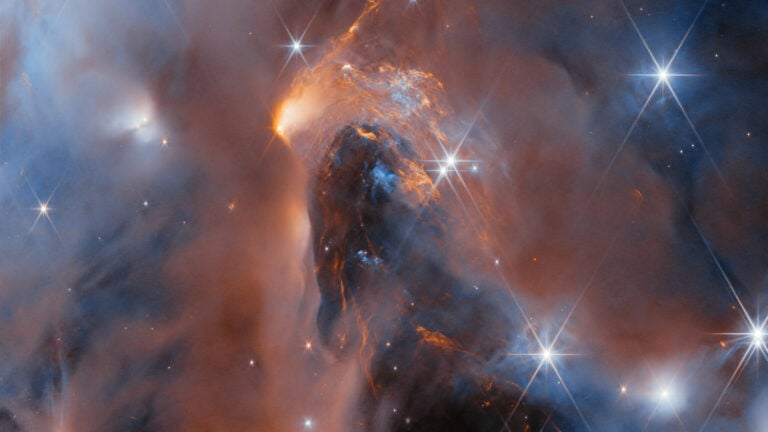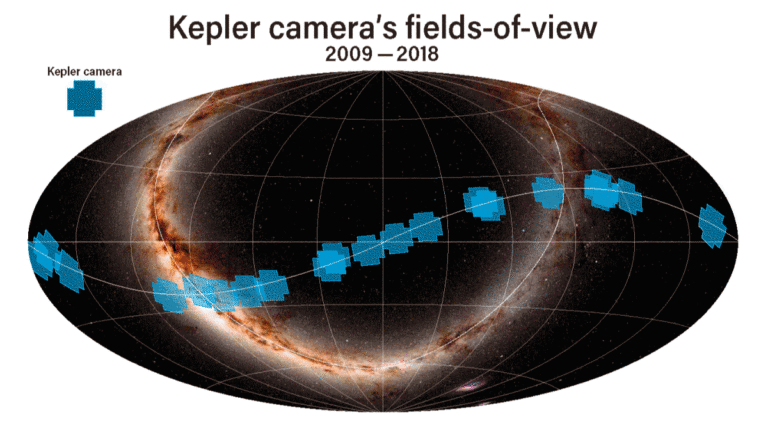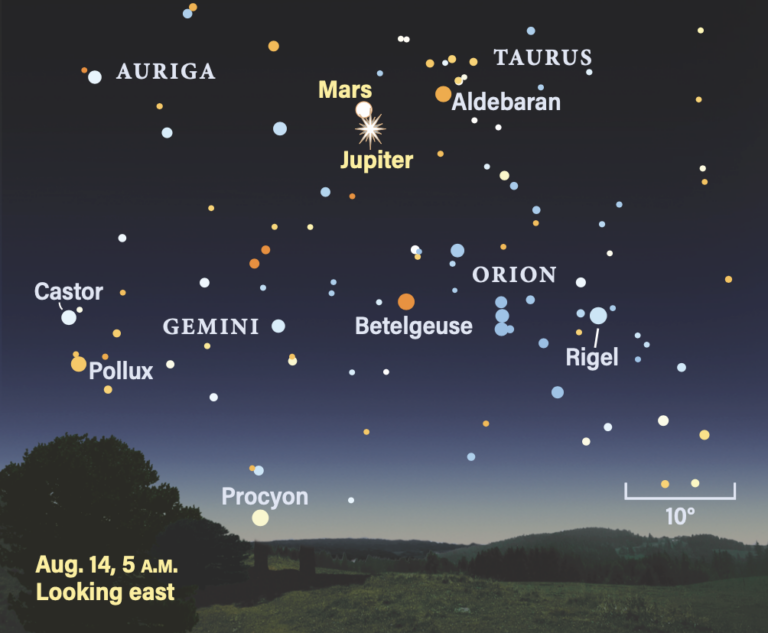Despite the fact that Earth-like planets have not yet been found, astronomers feel there’s good reason to think many exist. The history of extrasolar-planet discoveries around ordinary stars reaches back to 1995, when astronomers detected a planet circling the star 51 Pegasi. The planet is a gas giant more massive than Saturn that orbits its star every 4.2 days (Mercury orbits the Sun every 88 days). The planet is so close to its star that astronomers termed it and many other massive, close-orbiting planets they began to find “hot Jupiters.”

Bringing the universe to your door. We’re excited to announce Astronomy magazine’s new Space and Beyond subscription box – a quarterly adventure, curated with an astronomy-themed collection in every box. Learn More >>.
The discoveries of 51 Pegasi’s planet and others like it puzzled astronomers at first because, as they understood solar system formation, gas giants formed on the outer fringes, not close in to stars. How could hot Jupiters form so close to their stars where the star’s heat would presumably destroy the planet’s gases before they came together to make a planet? In addition to the puzzling results on large planets, astronomers found no smaller planets similar to Earth in their searches.
But at the turn of the 21st century, the trend began to reverse as technology and planet-searching techniques advanced so that astronomers could find planets smaller than the hot Jupiters. In fact, more than three-quarters of Kepler’s discoveries are planets smaller than Neptune and larger than Earth. It’s becoming clear that hot Jupiters, once thought to be the norm, are actually the exception.
As the list of extrasolar planets grows, astronomers are discovering a lot about what it takes to host a planetary system. For example, average mass and less massive stars are more likely to have planets than heavier ones.
Out of the more than 3,700 exoplanets found so far, almost all orbit stars less than 1.5 times the Sun’s mass and cooler than 7,500 kelvins. (Our star has a surface temperature of about 5,800 K.)
Additionally, single stars (in the minority) are the best hosts for planetary systems. Relatively few binary systems seem to have planets orbiting them, although scientists have found some worlds in quadruple-star systems. And the chemistry of stars matters, too: Stars rich in metals, elements heavier than hydrogen and helium, are better hosts for planetary systems than less evolved stars.
The search for extrasolar planets has sharpened astronomers’ views of how solar systems form. The leading model, called core accretion, suggests that a rotating planetary disk settles around a young star, and then billions of collisions in the disk cause particles to clump together. As more and more particles stick together, protoplanets several miles across eventually form, and they become planetary cores.
The process happens relatively quickly in the inner part of a solar system, where rocky-planet building takes place. Terrestrial planets like those in our solar system could come together in as little as 100,000 years. But the creation of gas giants is not well explained in the core-accretion model. The gravitational-instability model is an alternative, less popular, idea. This says instabilities form as a disk collapses, leading to the clumping together of matter into planets. Neither idea yet addresses one surprise from the exoplanet-discovery program: the fact that nearly all exoplanets have orbits that are far more eccentric than those of the planets in our solar system.
Despite the mysteries, explanations of exoplanets are getting better by the month as discoveries increase. The best places to find them are in the younger metal-rich areas of spiral galaxies like the Milky Way. Planets are most often found in the galaxy’s arms — particularly in the less chaotic regions of them.
The best stars to look at are those of F, G, K, and M spectral types. Perhaps the best tip for exoplanet searchers is to keep looking — as they certainly plan to do. Although the wildly successful Kepler mission is concluding, NASA launched the Transiting Exoplanet Survey Satellite (TESS) mission in April 2018. The instruments aboard TESS will monitor stars with spectral types ranging from F to M across the entire sky, looking for drops in brightness that signal planets transiting those stars. The European Space Agency also has two exoplanet missions coming down the pipe: the CHaracterising ExOPlanet Satellite (CHEOPS), set for an early 2019 launch, will stare at bright and nearby stars that astronomers already know host exoplanets and look for additional worlds in those systems; and PLAnetary Transits and Oscillations of stars (PLATO), scheduled for a 2026 launch, will search nearly a million solar-type stars across half of the sky looking for transiting planets.
Furthermore, the James Webb Space Telescope (JWST) will go beyond just finding exoplanets — it will study the atmospheres of about a dozen such worlds once it launches in 2021. Astronomers are looking for signs of life in that planetary air, like carbon dioxide and ozone. If the past decade is any indication, the next one promises many exciting surprises in the hunt for Earth’s twin

